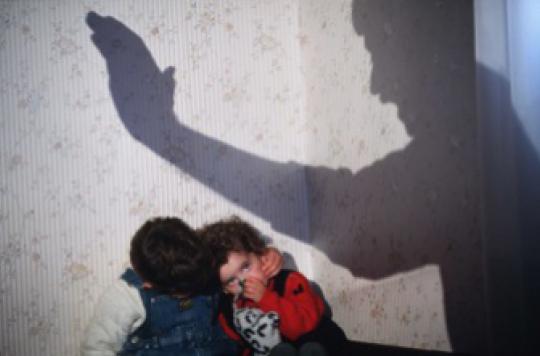Abused children suffer from it all their lives, and not just psychically. Their brains develop abnormalities in various areas that also affect cognition.

Emotional problems, cognitive deficits: these symptoms are common in people who are abused during childhood. A study published inAmerican Journal of Psychiatry this June 18 allows us to understand its origin. Abuse, physical or emotional, affects various areas of the brain, which develop late.
Understanding of language, decision making …
“Child abuse acts as a stressor and produces a cascade of physiological and neurobiological changes that lead to lasting alterations in the structure of the brain,” summarizes Dr. Joaquim Radua, co-author of the study. Indeed, when he compared the 3D images of the brains of more than 3,000 abused individuals to those of 360 non-abused people, significant differences emerged.
A wide variety of areas of the brain are affected in abused children, even in adulthood. In fact, the gray matter presents anomalies in several regions with various functions, the study points out: some govern sensory perception, emotions and dependence, others decision-making, language comprehension. In some cases, gray matter anomalies even affect the recognition of known faces, the context or even the identification of a social context! In one region (the parahippocampal gyrus), an abnormality is even associated with an increased risk of schizophrenia.
Abuse is the cause
These abnormalities are found in all people abused during childhood, even those who have not received medication. This means that they are linked to the abuse, and not to the drug treatment that may follow. In abused children, the areas most affected are those that develop late. These results provide a better understanding of emotional and cognitive deficits in patients who were abused during childhood.
They “underline the serious consequences of a harmful infant environment on brain development. We hope that the results of this study will help reduce environmental risks during childhood and develop treatments that stabilize these morphological alterations, ”concludes Dr Nadua.
Mistreatment, according to the criteria of the World Health Organization (WHO), takes on very varied and sometimes insidious aspects. It is defined as any form of physical or emotional abuse, sexual abuse, neglect of any kind, commercial or other exploitation, which results in actual or potential injury.
.















